Drive-thru culture is rewriting the rules of home-cooked meals.

The smell of something simmering on the stove used to feel like the heartbeat of home. But now, the buzz of food delivery alerts and late-night snack runs has taken its place. Cooking—once a daily ritual—is starting to feel like a nostalgic memory. And it’s not because people don’t like food. It’s because the way we get it has completely transformed, and fast food trends are winning the convenience war.
With digital menus, lightning-fast delivery apps, and crave-worthy options on every corner, many people are ditching the cutting board and reaching for their phones instead. Fast food isn’t just about burgers and fries anymore—it’s gourmet milkshakes, vegan burritos, sushi bowls, and breakfast sandwiches delivered in minutes. These shifts are shaping how people eat, think about food, and even design their kitchens. These ten fast food trends are doing more than adding pounds—they’re changing the way we live, shop, and spend time together.
1. Delivery apps killed the grocery run.

Getting food used to mean planning meals, writing lists, and wandering supermarket aisles. Now, you can skip it all and tap a few buttons instead. Services like DoorDash, Uber Eats, and Grubhub bring your cravings straight to your doorstep. That instant gratification makes grocery shopping feel like a chore, even when you have the time.
As a result, fewer people are buying ingredients for full meals, according to Eddie Yoon at Business Review. Kitchens stocked with spices, fresh produce, and baking supplies are getting replaced with snack drawers and empty fridge shelves. The routine of prepping and cooking just doesn’t compete with the simplicity of having hot food show up while you’re still in sweatpants.
2. Ghost kitchens made eating out invisible.

You used to see a restaurant before you tasted its food. Now, ghost kitchens are flipping that on its head, as stated by Priya Krishna at Bon Appetite. These hidden cooking operations crank out meals exclusively for delivery. There’s no dining room, no signage, no waiters—just an address somewhere in an industrial strip and a stream of online orders.
The appeal is powerful: lower overhead means more niche menus, creative recipes, and new brands appearing overnight. For customers, it feels like there’s a gourmet food court inside their phone. For home cooking, it means even more temptation to skip the hassle of making something yourself. If your next meal is just a ghost kitchen away, why bother chopping onions?
3. Breakfast is now drive-thru fuel.
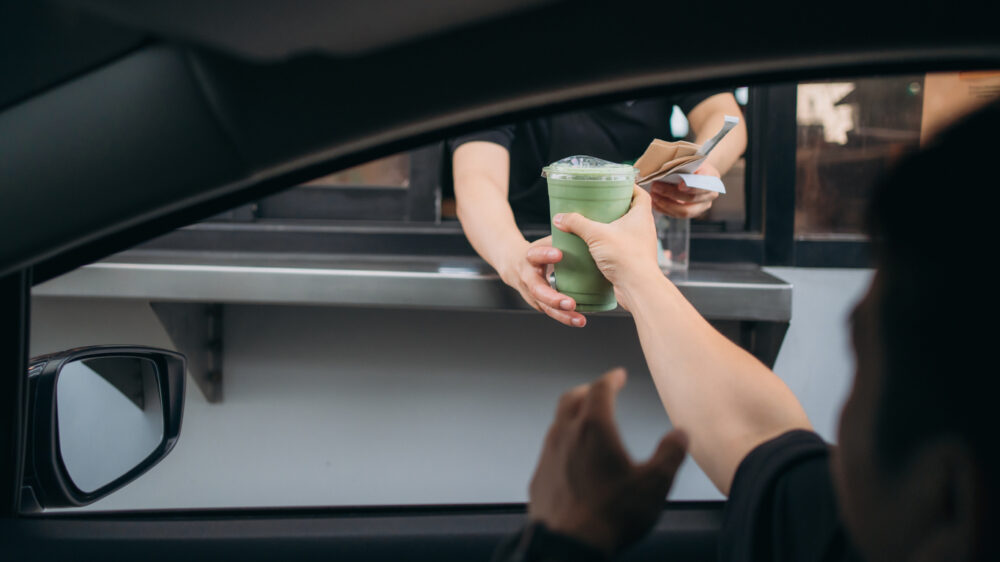
There was a time when making breakfast meant clinking dishes and the smell of toast before school or work. But now, more people grab a bacon sandwich or iced coffee on the way out than ever make eggs at home, as reported by Christine Zukolsky at The Food Institute. Fast food chains have nailed the breakfast menu—quick, cheap, satisfying, and caffeine-packed.
As a result, morning cooking has taken a hit. People no longer feel the need to start their day over a hot stove. Even cereal has lost some ground. Why rinse out a bowl when you can roll through a drive-thru in five minutes and eat in the car? Cooking in the a.m. just doesn’t stand a chance.
4. Limited-time offers trigger instant cravings.

Fast food chains have mastered the art of FOMO. When they release a new spicy chicken sandwich or seasonal shake, it spreads across social media like wildfire. People rush to try it before it disappears, even if they hadn’t planned on eating out that day.
This impulsive culture chips away at meal planning. The excitement of trying something new—and the fear of missing out—makes fast food feel more rewarding than sticking to a grocery list. Over time, spontaneous drive-thru runs start replacing home-cooked meals, especially for people who already feel burned out or short on time.
5. Kids are growing up with nugget nostalgia.
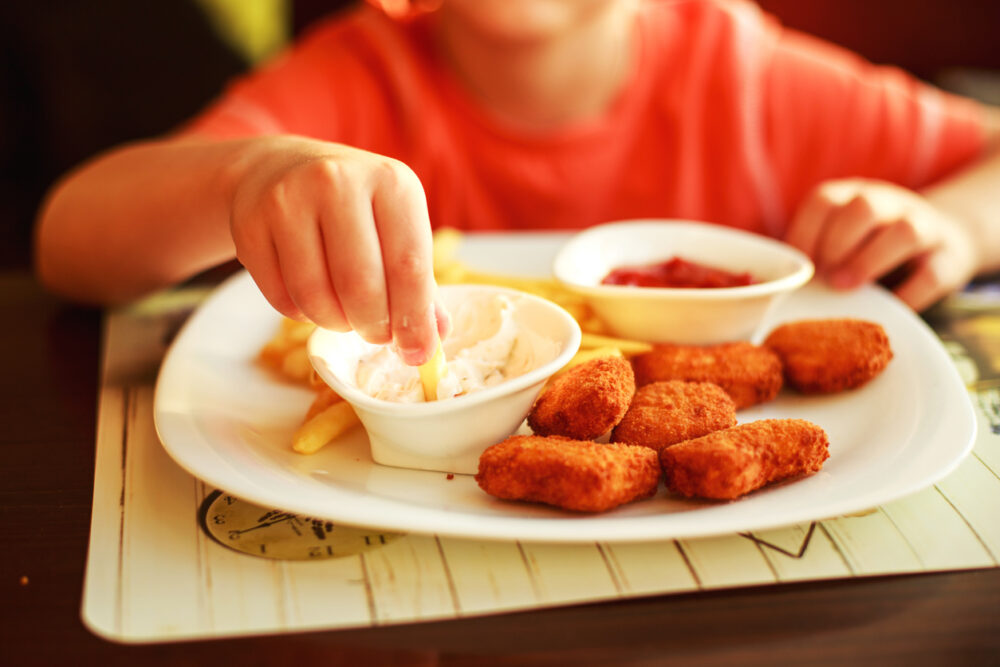
For many kids today, their food memories won’t be of grandma’s casserole or family lasagna night. It’ll be chicken nuggets, pizza bites, and Happy Meals. Parents under pressure rely more on quick fixes, and fast food is often cheaper and easier than prepping a full dinner after a long workday.
That means younger generations aren’t just eating more fast food—they’re growing up with fewer home-cooked meals entirely. That shift builds lifelong habits. If you didn’t grow up watching your parents cook, you’re less likely to pick up the habit yourself. Cooking becomes unfamiliar, maybe even intimidating, and the cycle repeats.
6. Open kitchens are turning into snack stations.

Kitchens used to be command centers, filled with bubbling pots, family meals, and fridge magnets. But now, many are evolving into minimalist snack stations. The rise of grab-and-go eating means fewer people are using their stovetops regularly. Kitchen islands become spots for takeout bags instead of prep work.
Instead of meals, people snack throughout the day—protein bars, microwave burritos, bottled smoothies. As food habits shift, so do home designs. Fewer people are investing in full-blown kitchen gear. It’s hard to justify a stand mixer or spice rack when you’re eating pad thai out of a carton three nights a week.
7. Fast casual blurred the line between fast and fine.
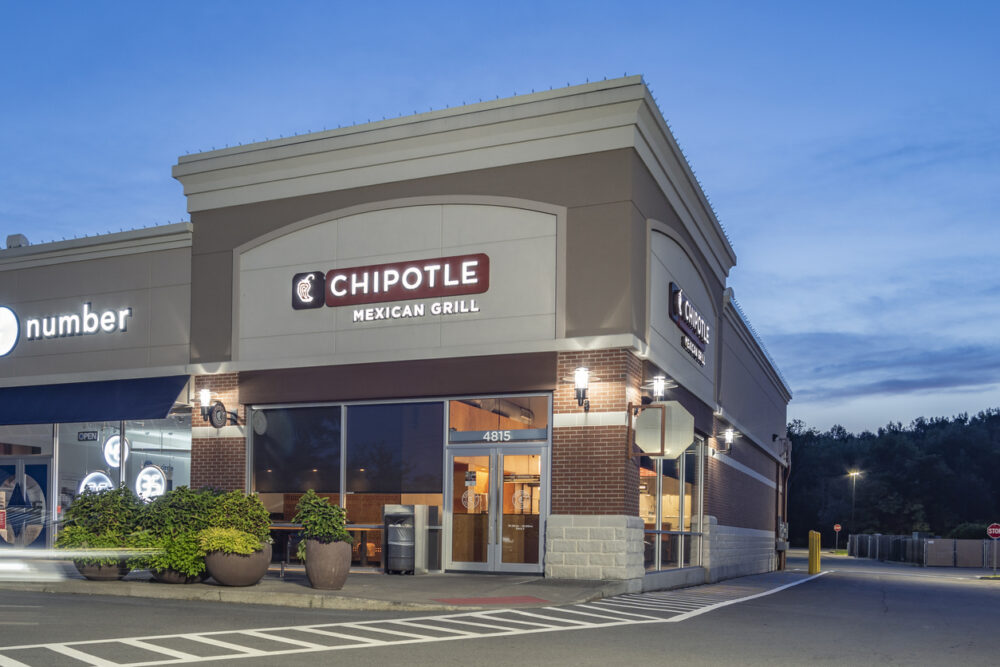
There’s fast food, and then there’s fast casual—places like Chipotle, Shake Shack, or Sweetgreen. These spots deliver high-quality ingredients, modern vibes, and efficient service. It’s everything people want in a home-cooked meal, minus the prep time and cleanup.
As fast casual exploded, it changed what people expect from a quick bite. No more greasy guilt. You can grab a kale salad or quinoa bowl and still feel like you’re eating well. This shift made fast food stylish and health-conscious, which makes it harder for homemade meals to compete. Why cook when you can get gourmet to-go?
8. Meal prep is now a brand, not a habit.
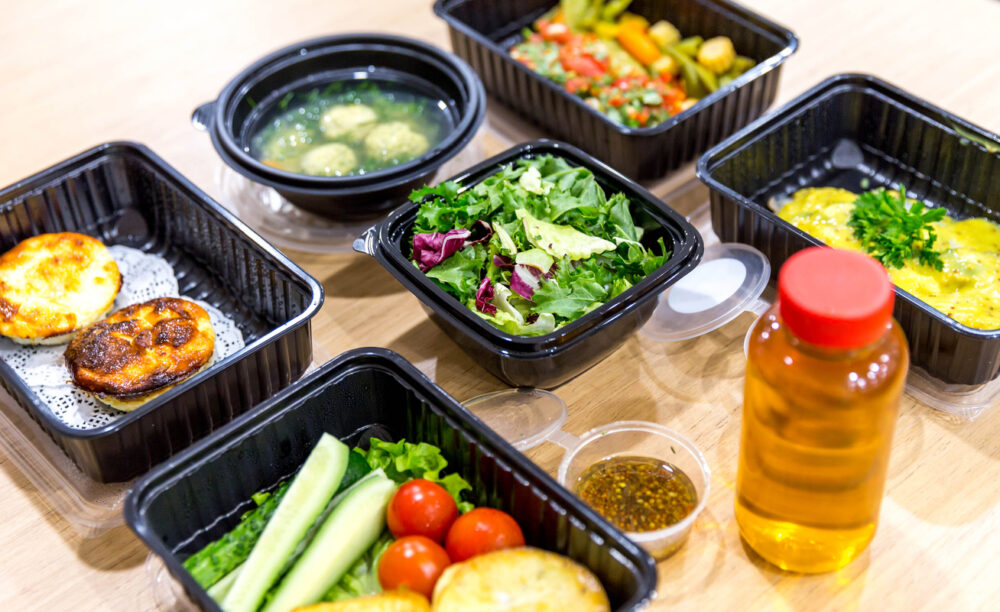
Meal prep used to mean planning your week, chopping veggies, and stacking containers. Now it’s an aesthetic. Social media influencers turn meal prep into content, showcasing spotless fridges and matching containers. For the average person, that bar feels way too high.
So instead of trying to recreate picture-perfect prep, people skip it altogether. It feels easier to just order something that looks just as good with zero effort. The rise of curated takeout meals and “healthy” fast food has made the idea of planning ahead seem outdated and exhausting. Cooking becomes a burden, not a solution.
9. Late-night cravings are no longer a problem.
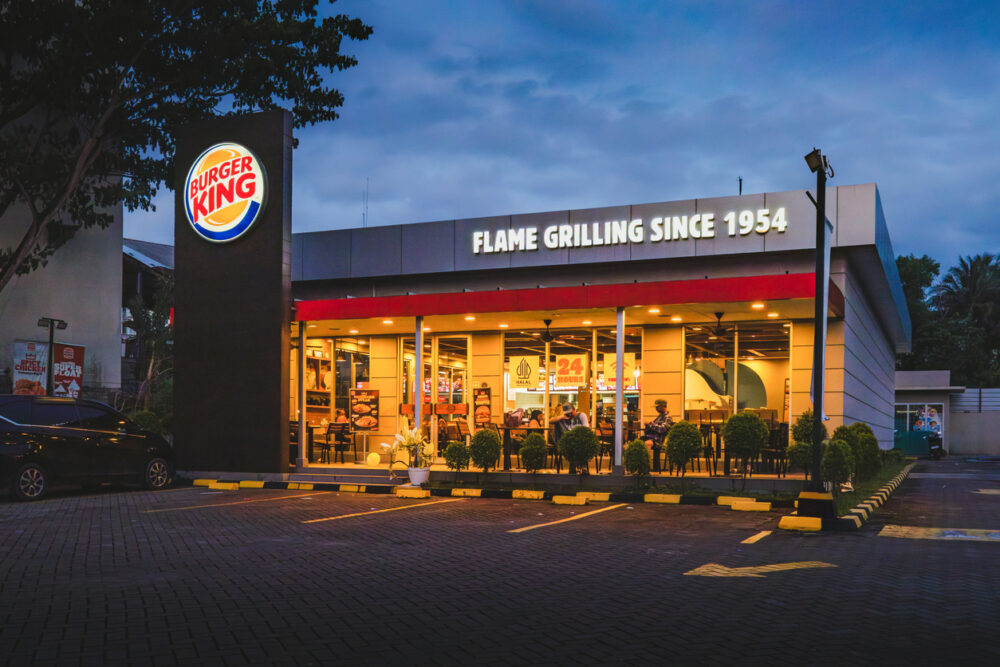
Fast food doesn’t sleep anymore. Drive-thrus are open 24/7. Apps like Uber Eats can deliver a burrito at midnight. It’s never been easier to feed your cravings without turning on a light in your kitchen. That round-the-clock access rewires eating habits in a big way.
Instead of prepping leftovers or grabbing something simple at home, people get in the habit of ordering food during late hours. Over time, that kind of convenience erodes cooking altogether. If you can get a warm, satisfying meal at 1 a.m. without lifting a finger, why keep sandwich fixings in your fridge at all?
10. Fast food became a form of comfort.

There’s something emotionally powerful about familiar fast food. It’s salty, satisfying, and always consistent. In a world that feels chaotic and unpredictable, ordering the same burger or bowl you’ve had a hundred times can be comforting. It’s fast food as therapy.
That kind of emotional tie makes it even harder for home cooking to compete. Making a meal takes effort and energy—not always something people have in the middle of a stressful week. Fast food fills that emotional gap quickly, and the more it’s used as a crutch, the less often people return to the kitchen.
